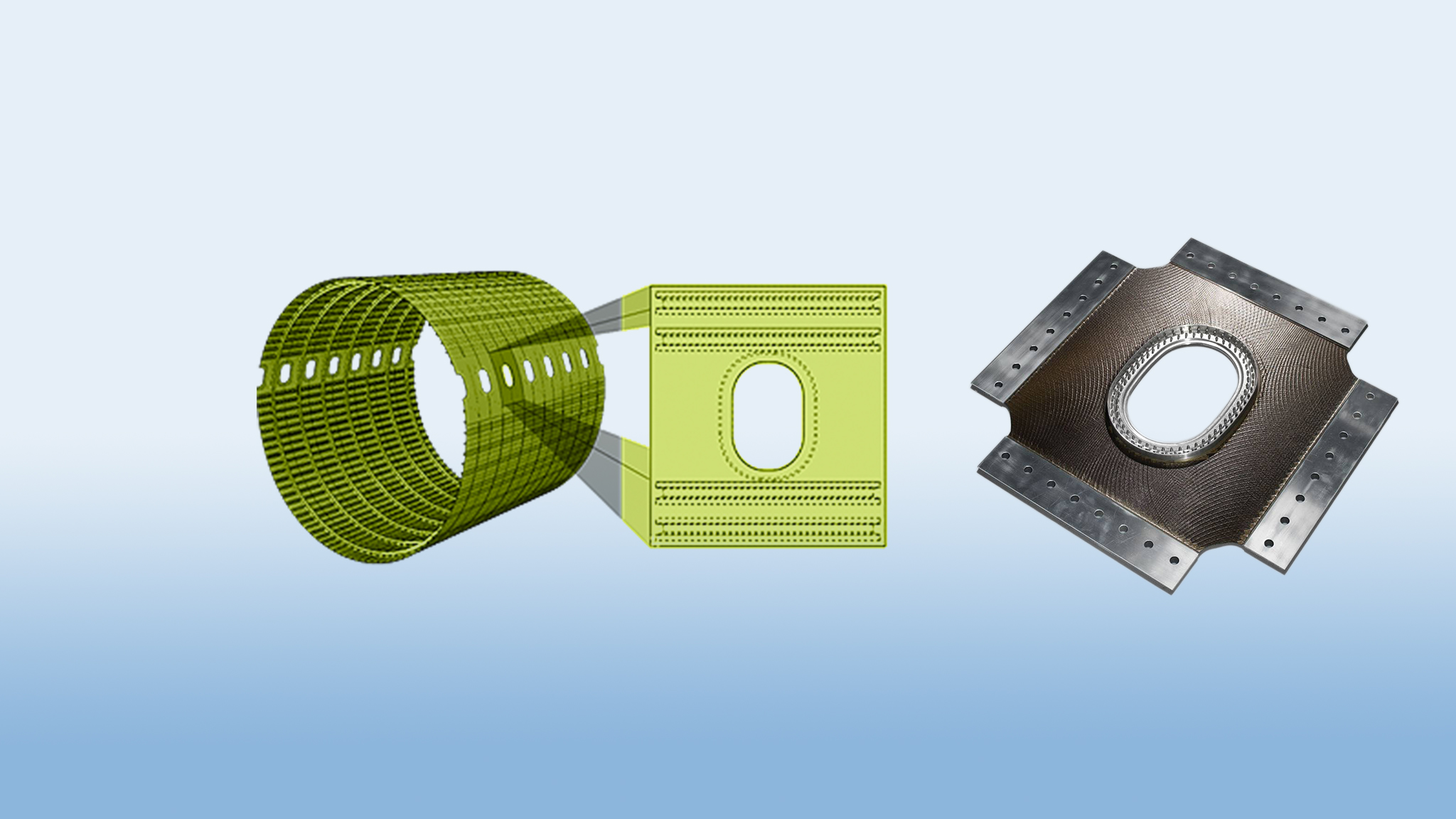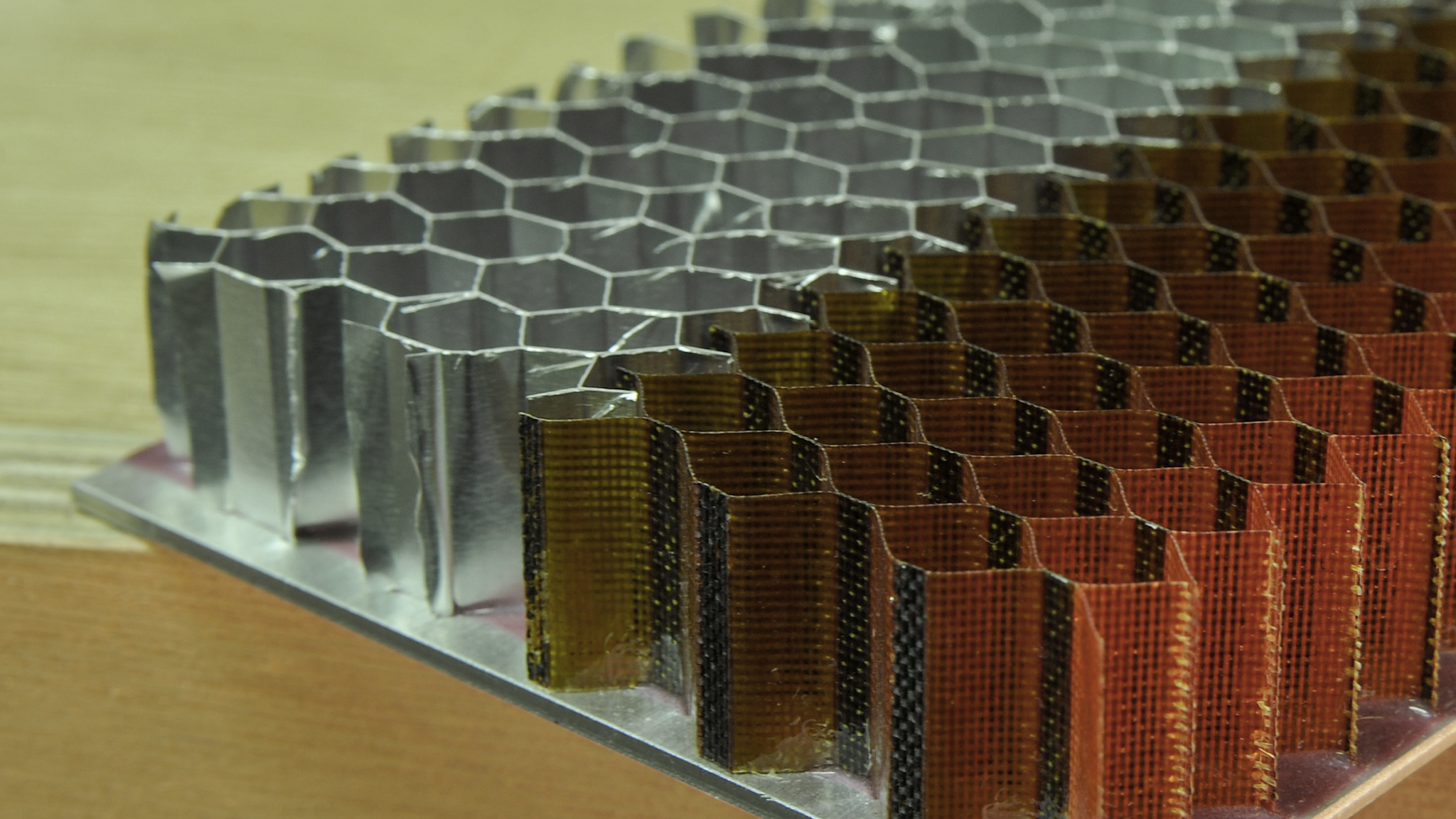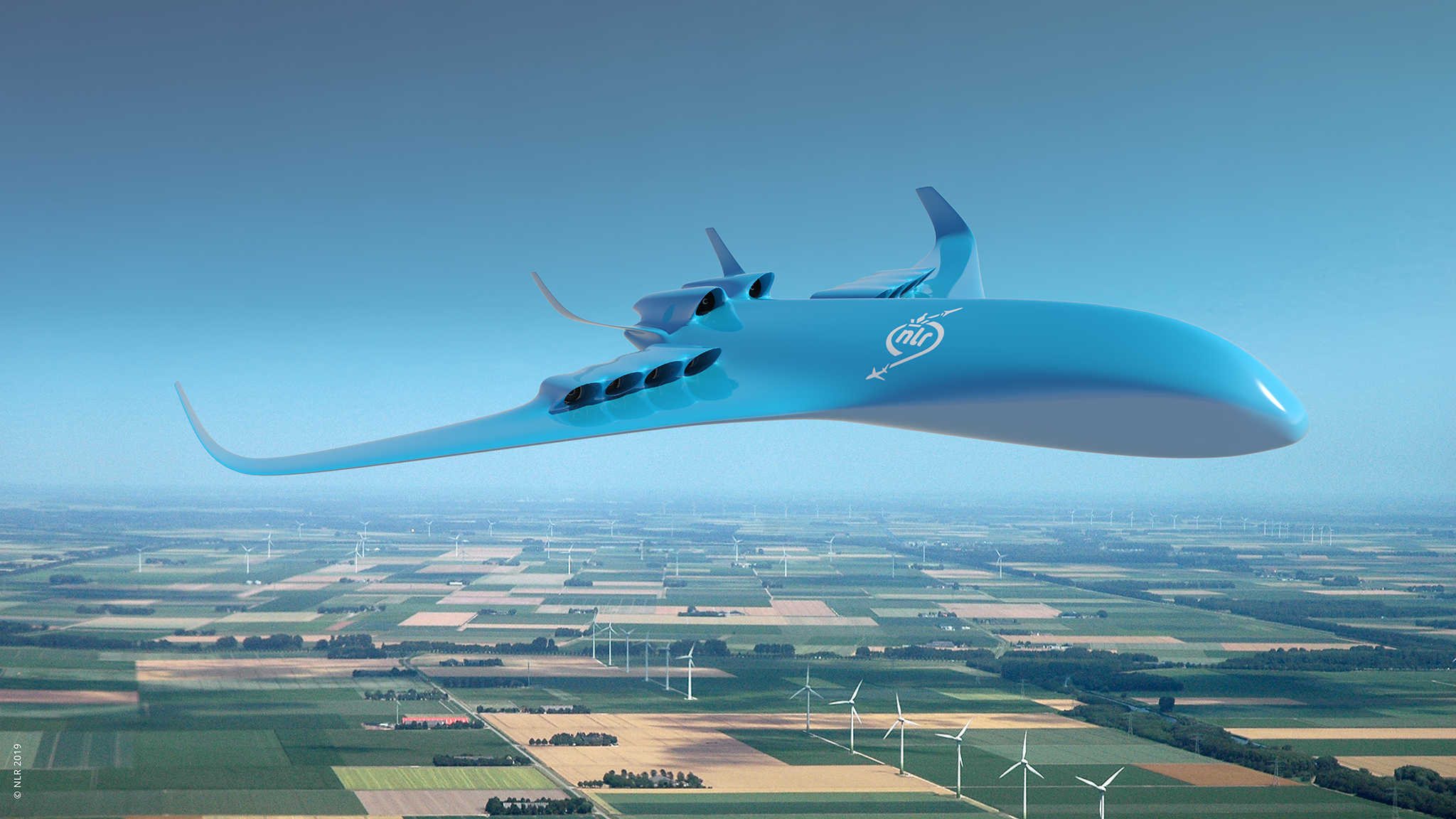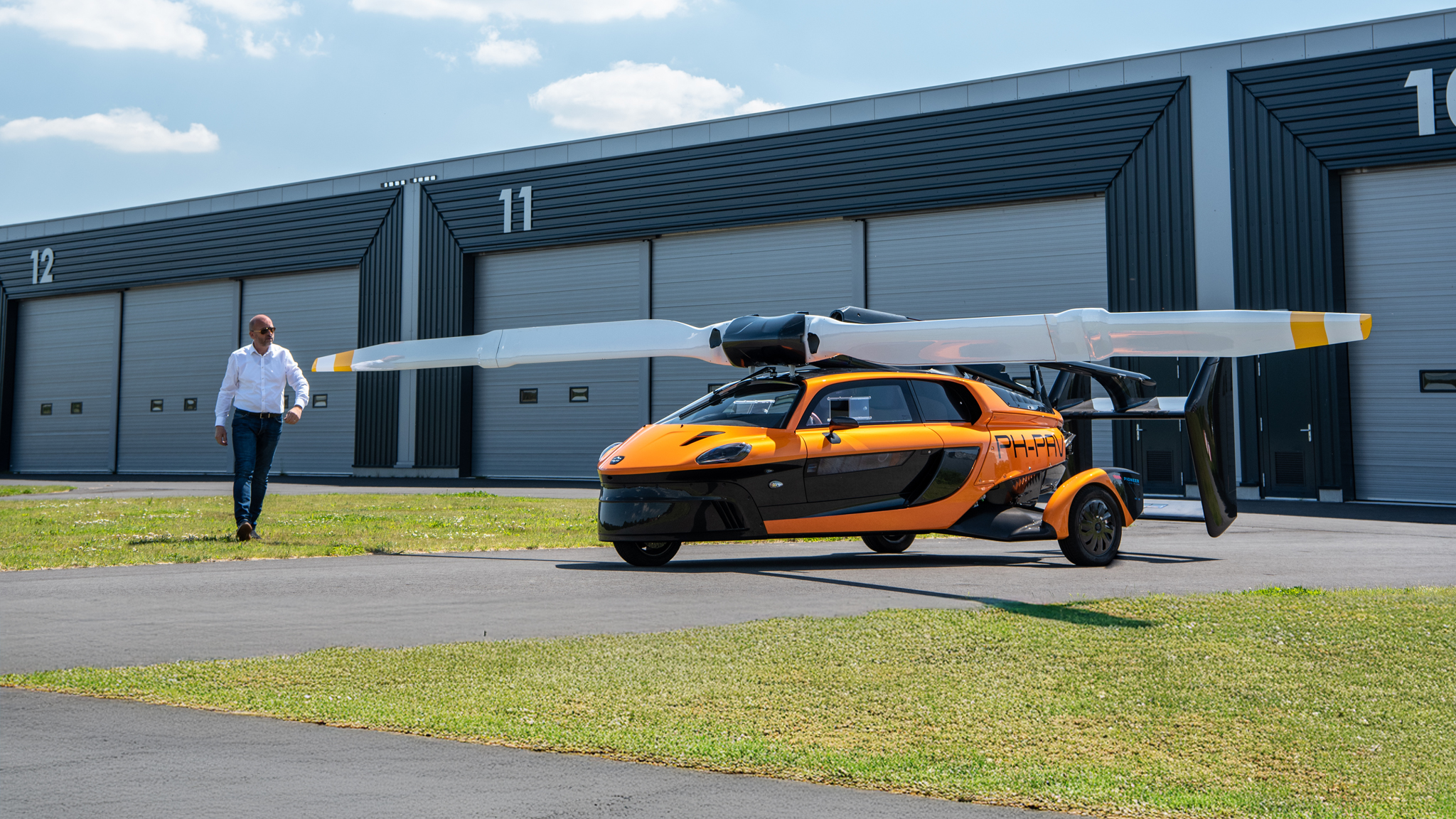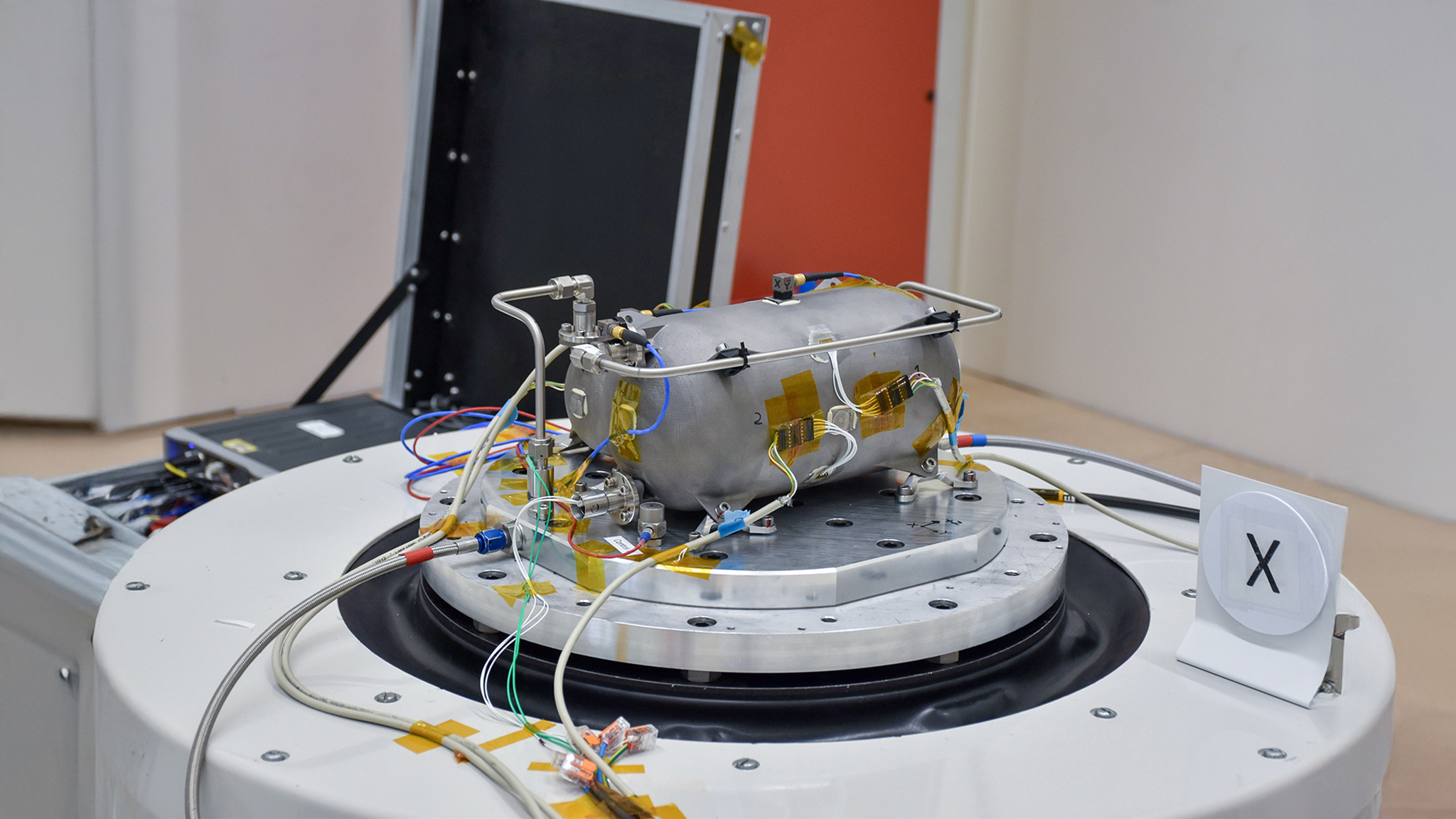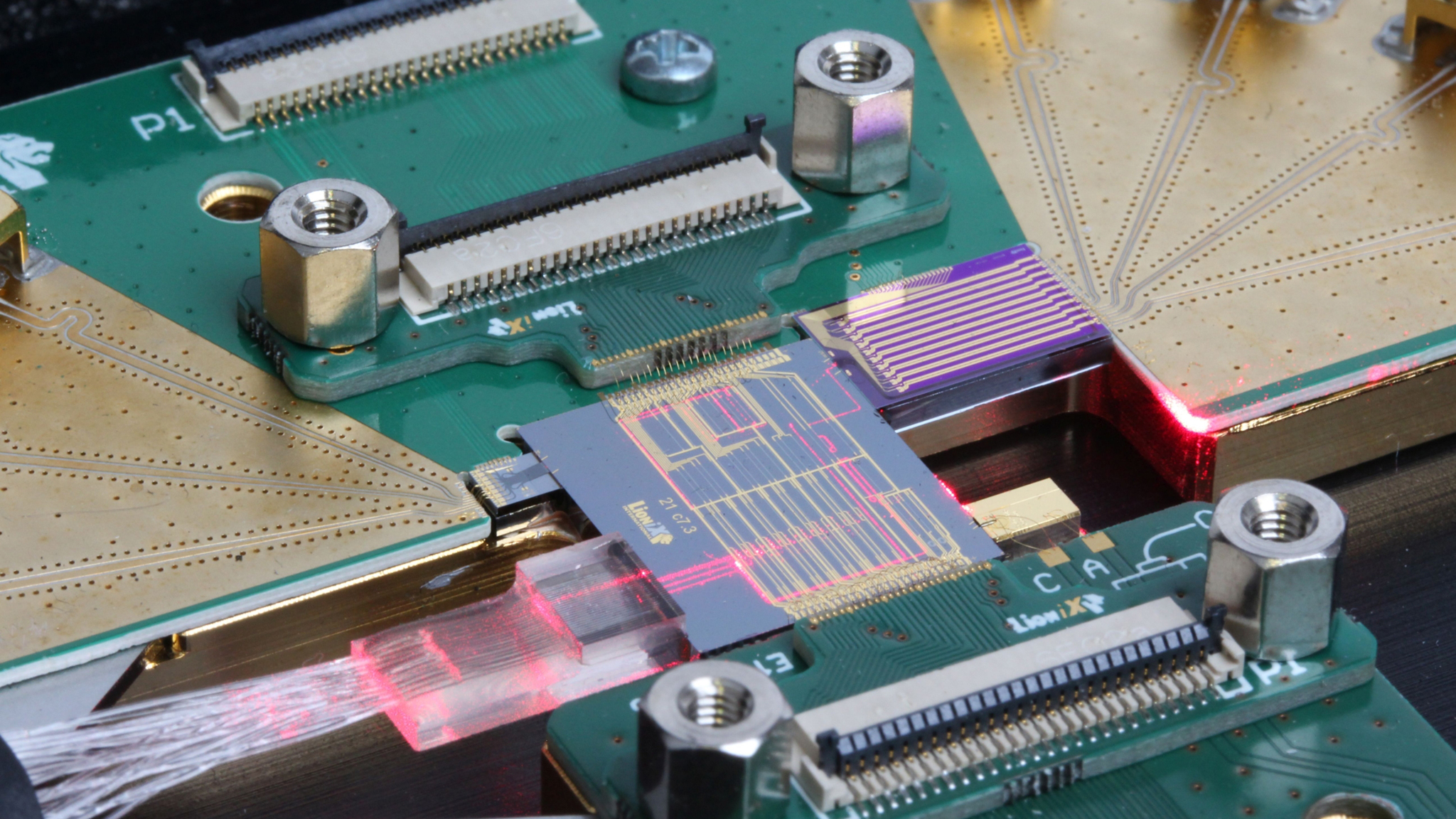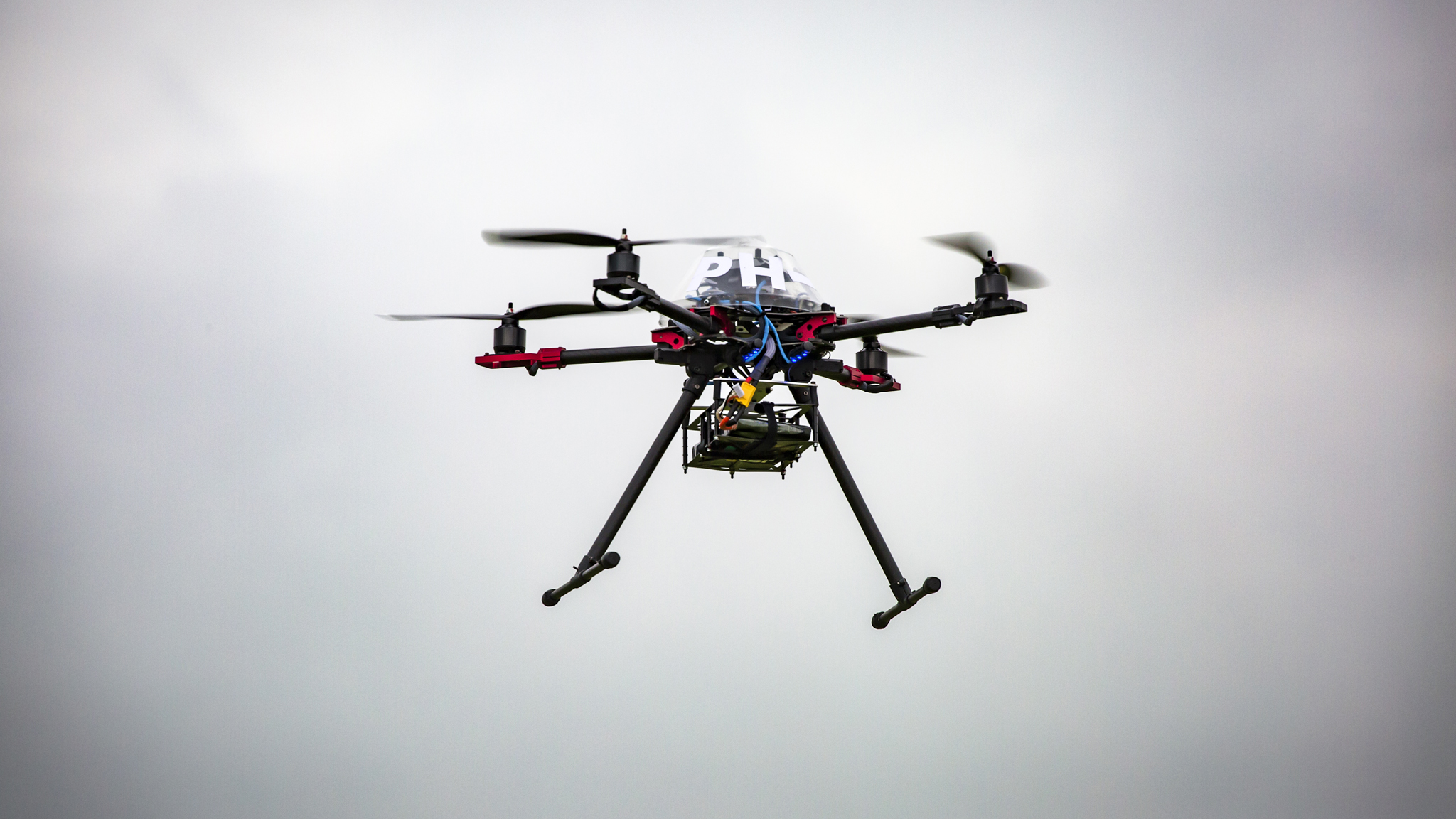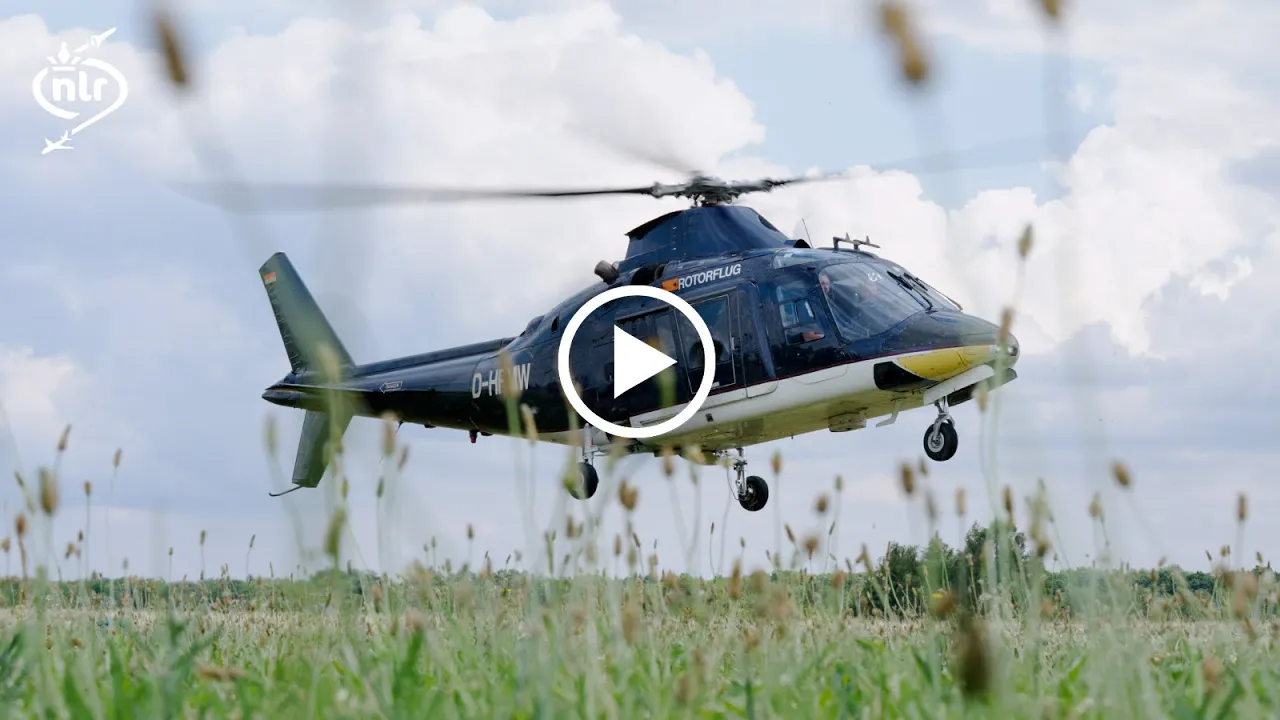
25 February 2025
Airborne wind energy
NLR can support the development of innovative Airborne Wind Energy (AWE) concepts through design and product development, as well as advanced analysis and optimisation of wind energy system behaviour. We also offer expertise in structural design of lightweight components, material selection for high-load long-endurance components, and evaluation of wind energy systems under off-design conditions. Additionally, we provide strength, endurance and quality testing of components for wind energy systems, helping to ensure the reliability and performance of your wind energy solutions.
